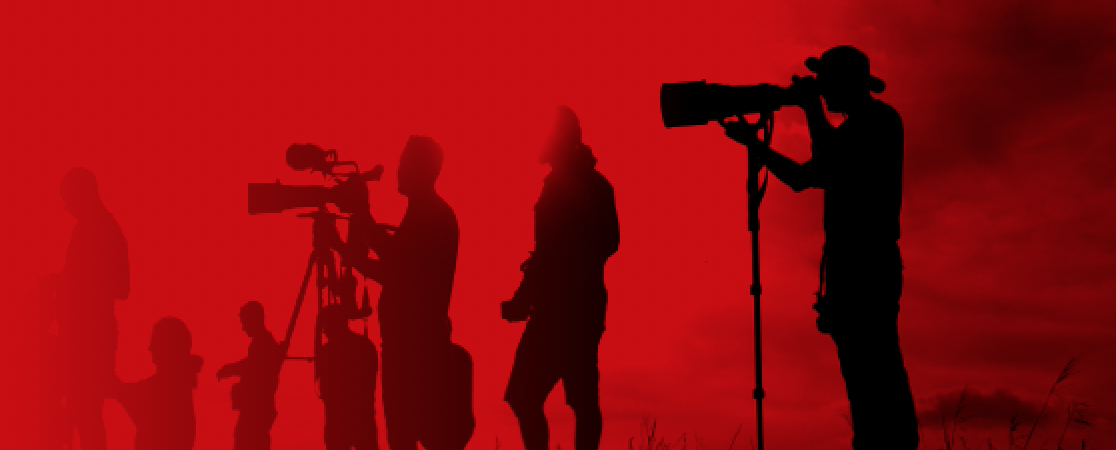25 August 2025 | INSI
Israeli Missiles Kill Five Gaza Journalists
Drone strike
The five Gazan journalists killed by Israel in targeted drone strikes on Al Nasser hospital on 25 August died doing an almost unimaginable job: bearing witness to the death, destruction and starvation inflicted daily on their own families, friends, neighbours – and themselves.
Hussam al-Masri, Mariam Abu Dagga, Mohammed Salama, Moaz Abu Taha and Ahmad Abu Aziz were killed in “double-tap” drone strikes, the second of which killed journalists and emergency responders who had rushed to help those injured in the first.
In response to international outrage, Israel claimed that it does not target journalists “as such” and described the event as a “tragic mishap”.
However, more than 200 Gaza journalists have been killed since the beginning of the war, with many overtly targeted by the Israeli army.
INSI stands resolutely in solidarity with our colleagues in Gaza, with their families and newsrooms once again plunged into intolerable grief.
Hussam al-Masri
Hussam, a cameraman and Reuters contributor, was killed in the first hit on al Nasser hospital while broadcasting from a Reuters live position just below the roof of the hospital, according to Palestinian health officials.
Mariam Abu Dagga
Mariam, a freelance photojournalist at the Associated Press, was described by a colleague as “always ready”. AP reporter Sarah El Deeb added: “Dagga stayed close to Nasser hospital and was able to see through the cruelty of the war with the skills and patience to report on its cost to the people of Gaza, its doctors, children and mothers.”
Mariam was among the few women visual journalists covering the war in Gaza. According to the AP, she was forced to move multiple times but never stopped working. She won an internal AP award recognising the strongest work produced each week for her recent coverage of malnourished children in Gaza.
In an interview posted on Instagram, Mariam said, “Despite the danger and the tragic situation we are living in, we became more attached to the profession, loving it more. Our message is: enough wars. We want to live in peace. We want to live like journalists in the outside world.”
She is survived by a 13-year-old son who was able to leave Gaza at the start of the war.
Mariam died in Israel’s second drone strike, as she ran to help Hussam al-Masri.
Moaz Abu Taha
Freelance photojournalist Moaz based himself near the hospital to follow the stories of injured and dying Palestinians. Moaz, who worked for Reuters and local media, had recently documented starving and injured children.
He died on the fourth floor of the hospital in the second “double-tap” strike. Several first responders were also killed. Targeting journalists and emergency workers is a war crime under international law.
Mohammed Salama
Mohammed was a photographer with Al Jazeera and Middle East Eye. On World Press Freedom Day, Mohammed posted on Instagram: “I write to you from Gaza. Here, journalism is not a profession — it is pain. We write amidst death, documenting the suffering so it is not forgotten. In every word, there is a soul fading, and a truth we refuse to let die.”
Ahmad Abu Aziz
Ahmad, Middle East Eye's Gaza correspondent, was wounded in the missile strikes and later died. Like so many Gaza journalists he had continued reporting despite his home being levelled, his family displaced and near starvation caused by Israel’s aid blockade. Ahmad once asked the MEE’s bureau chief, “If I am killed, what will you write about me?” He was, his colleague said, “exceptional”.
